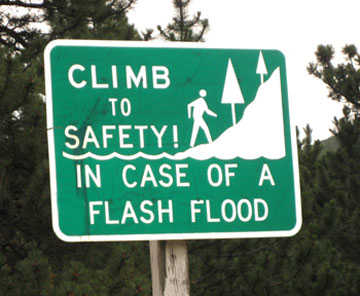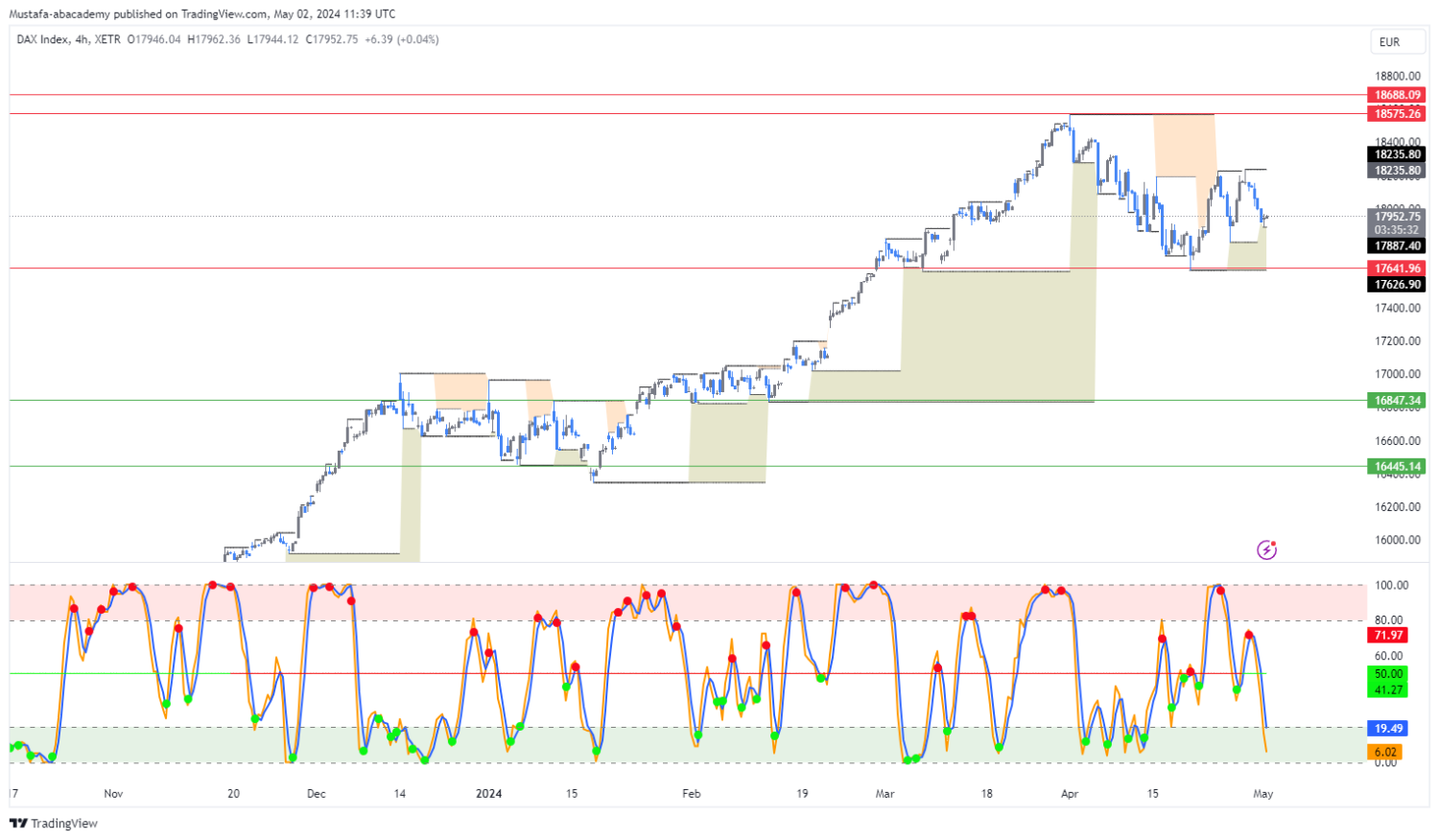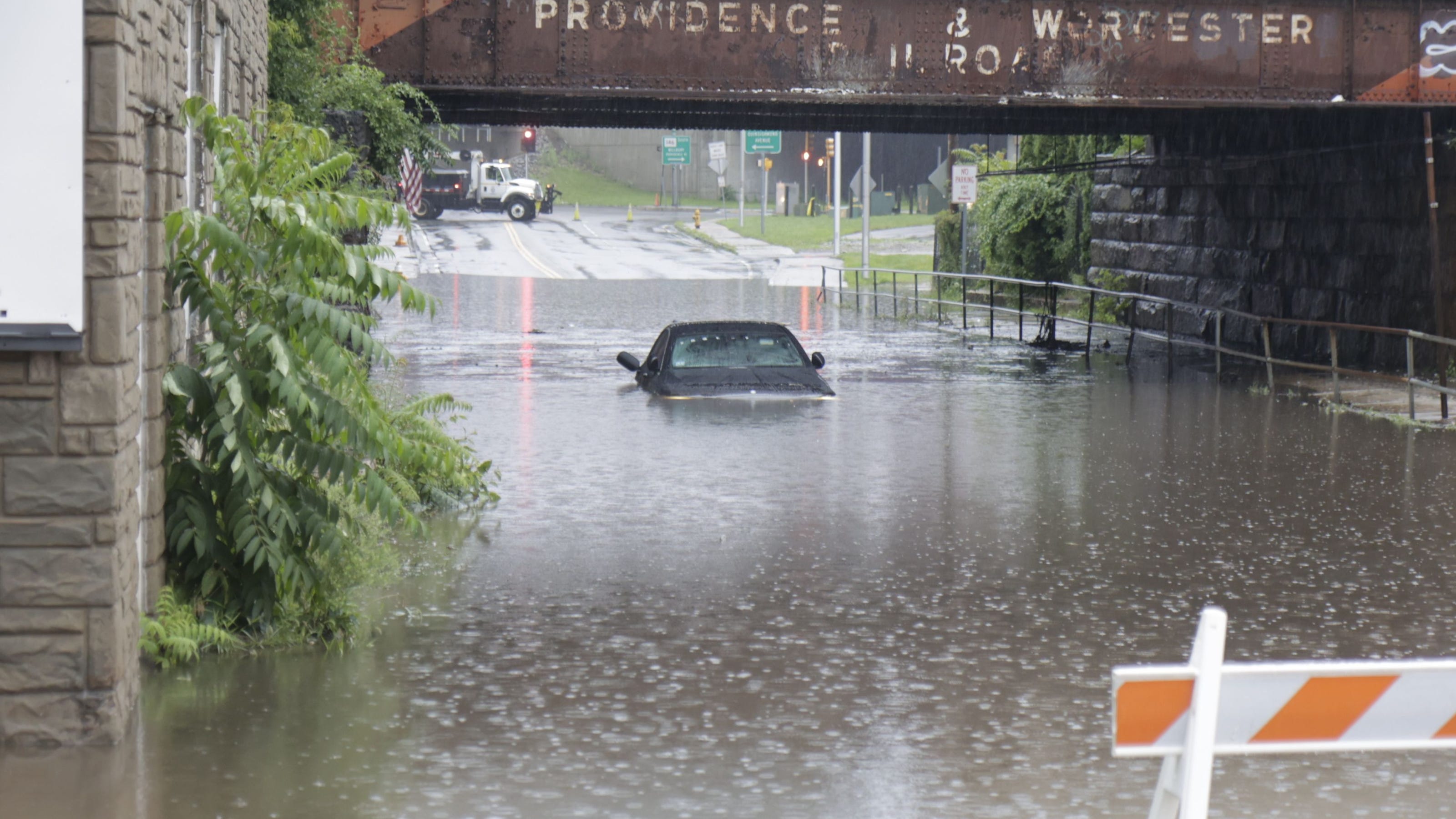How To Stay Safe During A Flash Flood Emergency

Table of Contents
Flash floods are a terrifying and potentially deadly natural disaster. Every year, flash floods cause billions of dollars in damage and tragically claim numerous lives. A flash flood emergency can strike with little to no warning, transforming a normally tranquil stream into a raging torrent in a matter of minutes. This article will guide you on how to prepare for, survive, and recover from a flash flood emergency, emphasizing the crucial steps you need to take to protect yourself and your loved ones.
Understanding Flash Flood Warnings and Watches
The first step in staying safe during a flash flood emergency is understanding the difference between a watch and a warning. A flash flood watch means conditions are favorable for flash flooding to occur. Pay close attention to weather reports and be prepared to take action. A flash flood warning, on the other hand, means flash flooding is already occurring or is imminent. This is your cue to act immediately.
Receiving timely warnings is paramount. Utilize multiple sources:
- Download a reliable weather app: Many free weather apps provide real-time alerts and forecasts, including flash flood warnings.
- Sign up for emergency alerts: Register with your local authorities to receive emergency notifications via text message, email, or phone call. The National Oceanic and Atmospheric Administration (NOAA) also offers a valuable alert system.
- Monitor weather forecasts regularly: Pay close attention to weather reports, especially during periods of heavy rainfall or thunderstorms. Be aware of the rainfall accumulation in your area.
- Know your property's elevation and vulnerability: Understanding your home's location relative to flood-prone areas is crucial for preparedness.
Preparing Your Home for a Flash Flood Emergency
Proactive preparation is key to minimizing the impact of a flash flood emergency. Creating a comprehensive family emergency plan, including designated evacuation routes, is vital. This plan should include:
- Identifying safe locations in your home: Designate areas on higher ground within your home to seek refuge during a flood.
- Preparing an emergency kit: Assemble a kit containing essential supplies such as water, non-perishable food, a first-aid kit, medications, flashlights, and a battery-powered radio.
- Securing valuable possessions and important documents: Move important documents, photos, and irreplaceable items to higher floors or waterproof containers.
- Protecting your home's electrical system: Unplug appliances and electronics to prevent electrical hazards.
- Knowing the nearest high ground: Familiarize yourself with the location of the nearest elevated area in case of evacuation.
Evacuation Procedures During a Flash Flood Emergency
When a flash flood warning is issued, immediate evacuation is crucial. Never underestimate the power of floodwaters.
- Never attempt to drive through floodwaters: Even a few inches of water can sweep a car away.
- Follow official evacuation routes: Emergency services will designate safe routes; adhere to these directions strictly.
- Bring your emergency kit and essential documents: These items will be crucial during and after the flood.
- If trapped, seek higher ground immediately and call for help: Climb to the highest point possible and contact emergency services.
- Avoid downed power lines and debris: These pose serious hazards and should be avoided at all costs.
Staying Safe During a Flash Flood
If you find yourself caught in a flash flood while driving or walking, immediate action is critical:
- Move to higher ground immediately: This is the most important step to ensure your safety.
- If in a vehicle, abandon it if it's unsafe and seek higher ground: Your safety is paramount; do not risk your life trying to save your vehicle.
- Never touch downed power lines: Downed power lines are extremely dangerous and should be avoided at all costs.
- Avoid floodwaters: Floodwaters are often contaminated with sewage, chemicals, and debris, posing health risks.
- Once the flood subsides, check for structural damage before entering your house: Ensure the structural integrity of your home before entering.
Post-Flash Flood Safety
Returning to a flooded area too soon can be extremely dangerous.
- Wait for official clearance before returning home: Authorities will assess the situation and declare when it's safe to return.
- Watch out for structural damage, downed power lines, and contaminated water: These hazards remain even after the floodwaters recede.
- Contact your insurance company to report damages: Document all damages with photos and videos.
- Seek assistance from local emergency services or disaster relief organizations: Many organizations offer support after a natural disaster.
Conclusion:
Staying safe during a flash flood emergency requires preparation, awareness, and swift action. Understanding flash flood warnings, creating a family emergency plan, and knowing evacuation procedures are critical steps. Remember to protect your home, secure your valuables, and prioritize your safety and the safety of your family. Protect your family during a flash flood emergency by preparing for a flash flood emergency today. Learn more about flash flood safety and take the necessary steps to safeguard your life and property. Don't wait; prepare for a flash flood emergency now.

Featured Posts
-
 Muere Eddie Jordan Ultima Hora
May 25, 2025
Muere Eddie Jordan Ultima Hora
May 25, 2025 -
 Ftc Appeals Activision Blizzard Merger Decision Implications For Gaming
May 25, 2025
Ftc Appeals Activision Blizzard Merger Decision Implications For Gaming
May 25, 2025 -
 Mwshr Daks Alalmany Ytjawz 24 Alf Nqtt Bed Atfaq Jmrky Amryky Syny
May 25, 2025
Mwshr Daks Alalmany Ytjawz 24 Alf Nqtt Bed Atfaq Jmrky Amryky Syny
May 25, 2025 -
 Ultima Hora La Muerte De Eddie Jordan
May 25, 2025
Ultima Hora La Muerte De Eddie Jordan
May 25, 2025 -
 Hampshire And Worcester Counties Under Flash Flood Warning Thursday
May 25, 2025
Hampshire And Worcester Counties Under Flash Flood Warning Thursday
May 25, 2025
